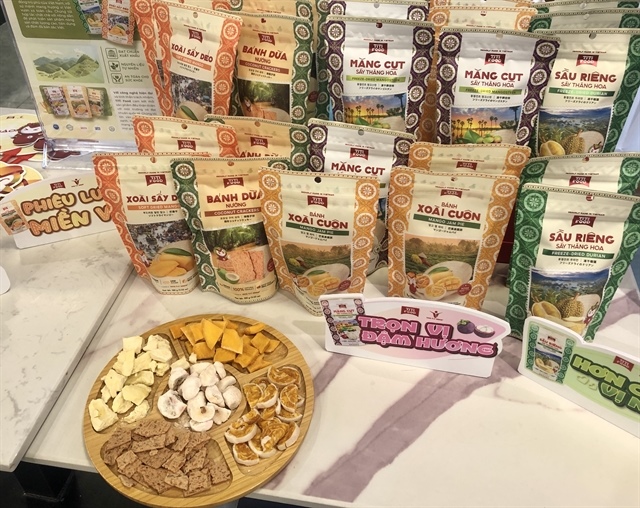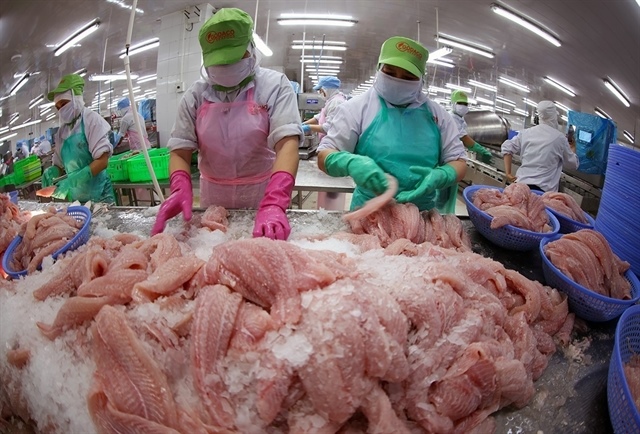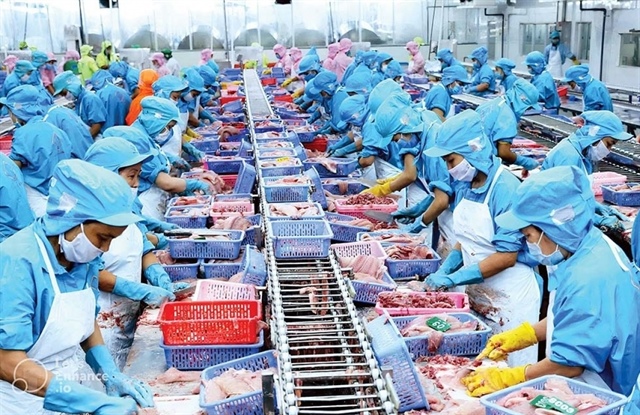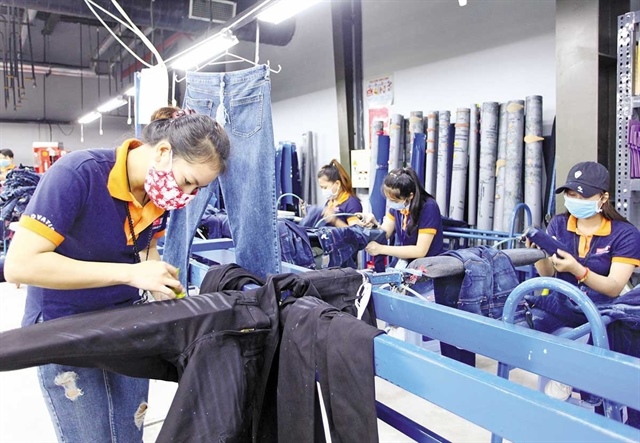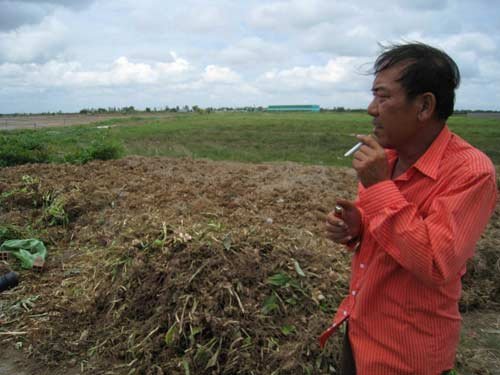Chinese people’s fish farming shows the loopholes of the laws
Chinese people’s fish farming shows the loopholes of the laws
Chinese people have been unflinchingly farming fish and shrimp on the surface water of the Cam Ranh bay in Khanh Hoa for profit, even though they were once forced to pay fines.
Cam Ranh Bay is considered the best natural deep water port in Southeast Asia. Because of its strategic location, Cam Ranh has always drawn special attention. French Navy and the United States navy once used Cam Ranh Bay as a military base.
On May 31, the Khanh Hoa provincial people’s committee released an urgent dispatch, requesting the Cam Ranh City’s authorities to clarify the problem and check the management over foreign residents. The city’s authorities were requested to submit a report to the provincial authorities prior to June 8, 2012.
The loopholes of the laws
On May 31, Le Van Dung, Deputy Chief Inspector of the Khanh Hoa provincial Department of Agriculture and Rural Development, said his department has joined forces with the environment police to inspect the fishing boats operating on the territorial waters of Cam Ranh, and examine the fish rafts and crafts of Chinese people in the bay.
A fish raft here was found as registered under the name of a Vietnamese person named Dung who has the permanent residential address in HCM City. When the inspectors came, there were three Chinese on the raft.
The raft comprised of some smaller rafts, about 500 square meters in surface, where a lot of fish was raised. Some grouper fish (0.5-0.6 kilos) were found dead with ulcerated skin. Some packs of fish feed were found here with the words in Chinese and there was no sub-label in English as required.
“We asked the raft owner to present necessary documents, including the documents showing the origin of fish breeders and fish feed. However, they could not give the answers about where the fish and feed came from,” Dung said.
“Therefore, at first, we need to punish them for using aquatic feed with no sub-label in Vietnamese or English. We would also ask them to clarify the contents of the substances in the feed and find out if the feed is allowed to be used in Vietnam,” he continued.
Also according to Dung, this is for the first time aquatic feed products with no sub-label were found in Khanh Hoa. The spontaneous fish farming by Chinese people in the bay may lead to immeasurable consequences to the environment.
As the fish sources cannot be controlled, this may happen that exotic creatures are brought into Vietnam which would destroy the environment and damage the natural habitat. If the epidemics cannot be controlled, they would badly affect the whole large farming surface area.
“More importantly, we need to be ensure the enforcement of the laws and that Vietnamese laws must be obeyed,” Dung said.
A high ranking official said that under the current laws, famers or enterprises have to submit their investment projects to competent agencies to get surface water allocated. Especially, they have to present the measures to protect the environment. The regulations have been followed by other foreign enterprises in Khanh Hoa province, while Chinese have been ignoring the laws.
Chinese escape the inspectors’ net?
In fact, the inspectors of the Khanh Hoa provincial agriculture department had reported on Chinese fish farming in Cam Ranh 3-4 years ago already.
Dung said inspectors examined the fish cages many times and imposed fines for the violations. However, they believed that the farming was legal and that the Chinese people were licensed.
“Cam Ranh territorial waters are a “sensitive area.” We always think that all foreigners here can enter the area only after they went through border posts,” Dung said.
vietnamnet


